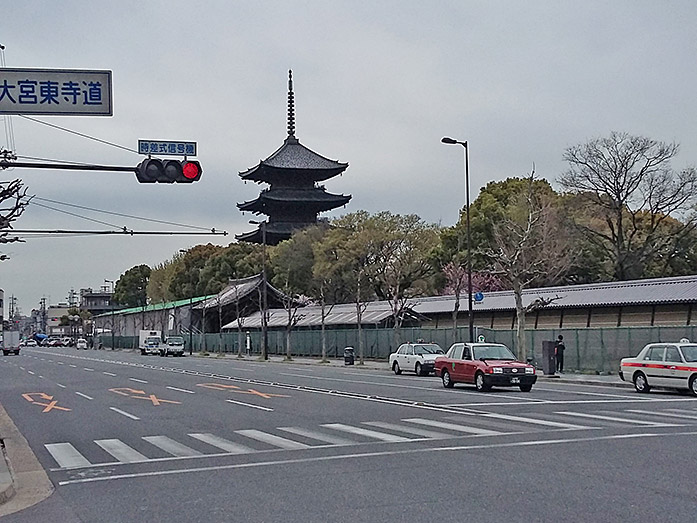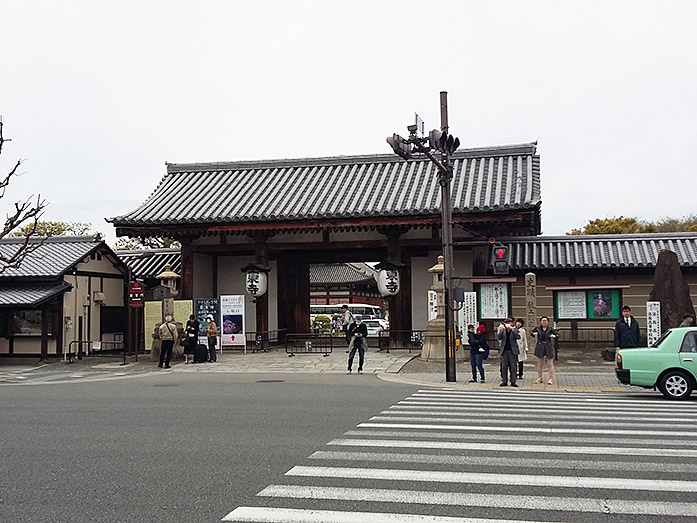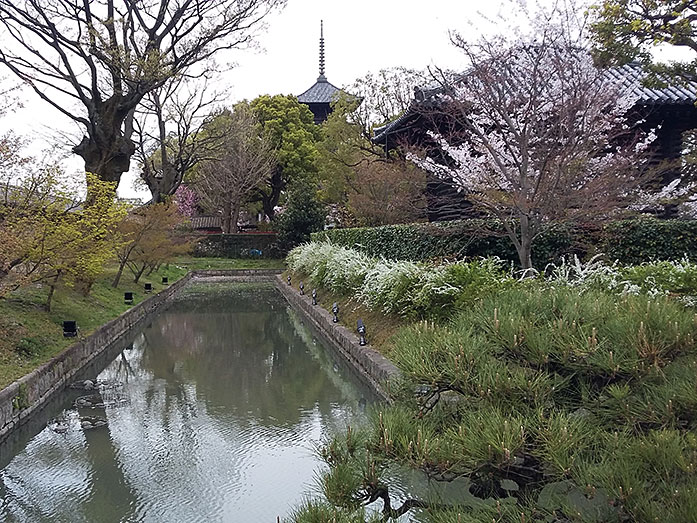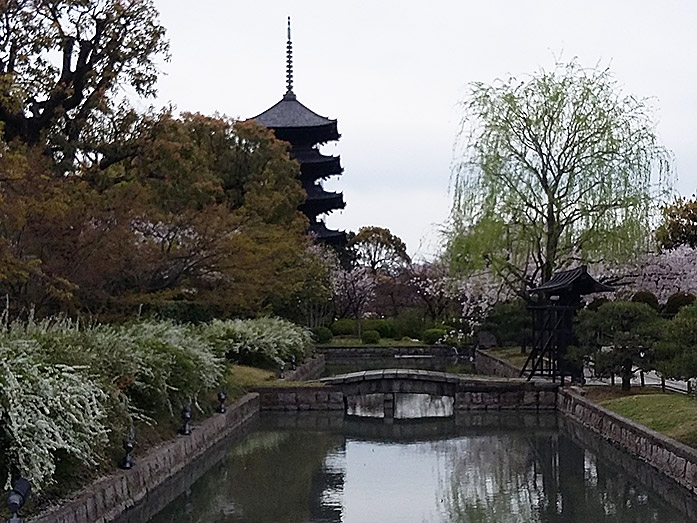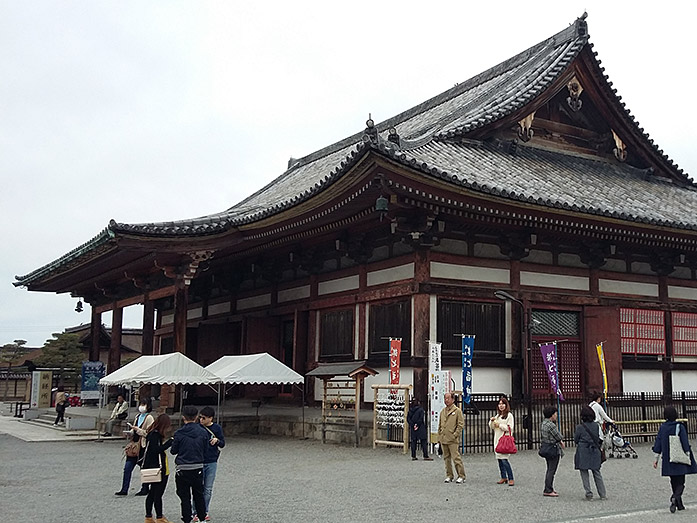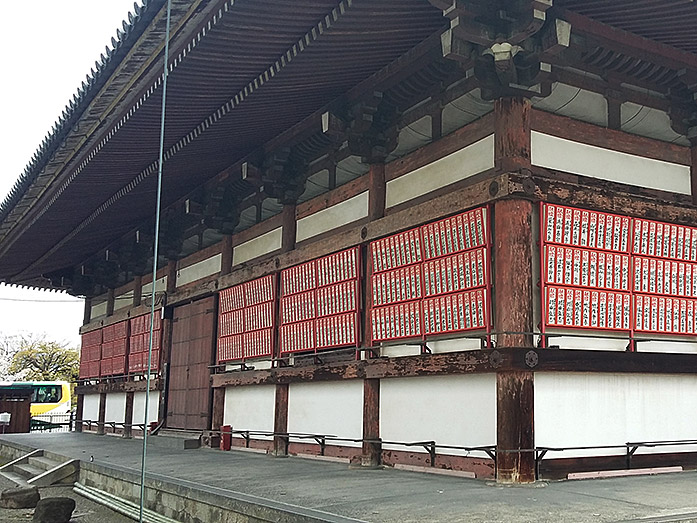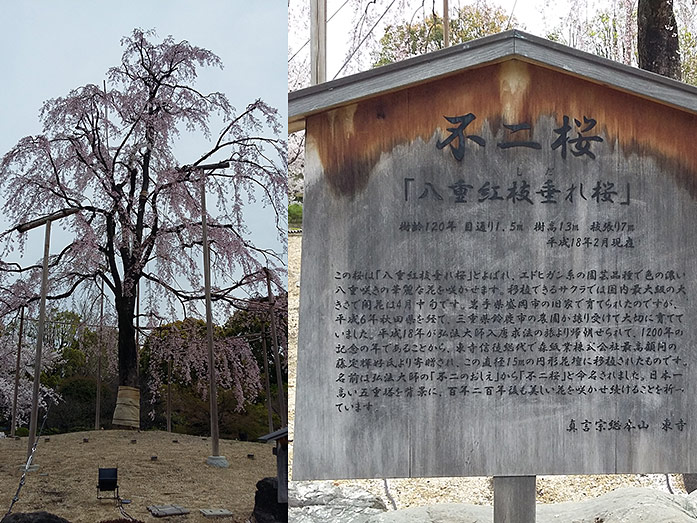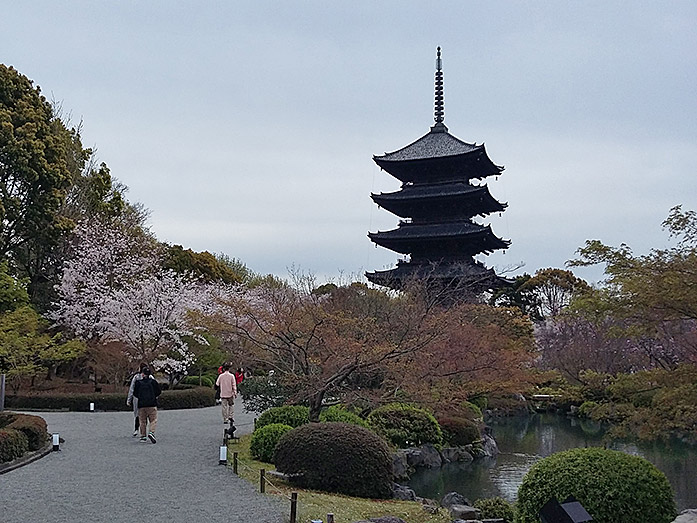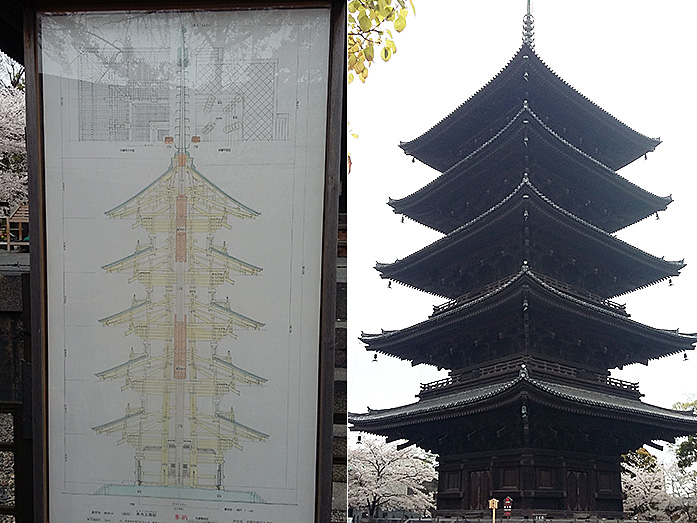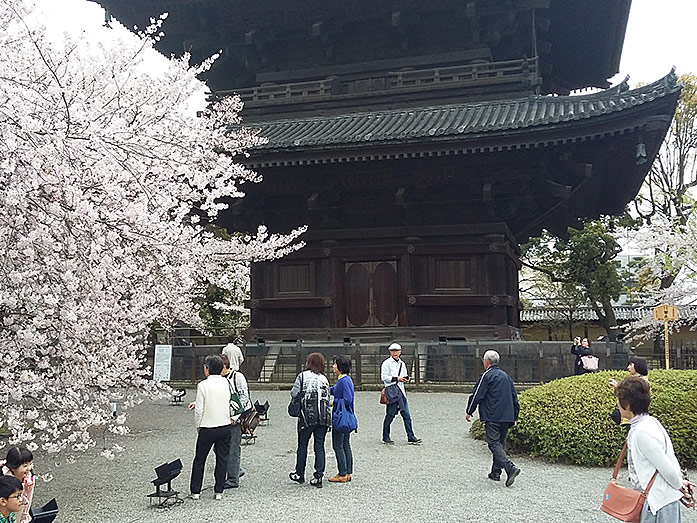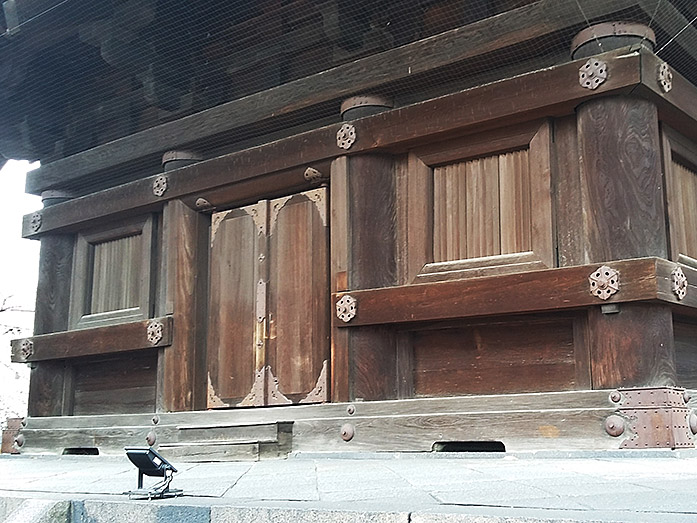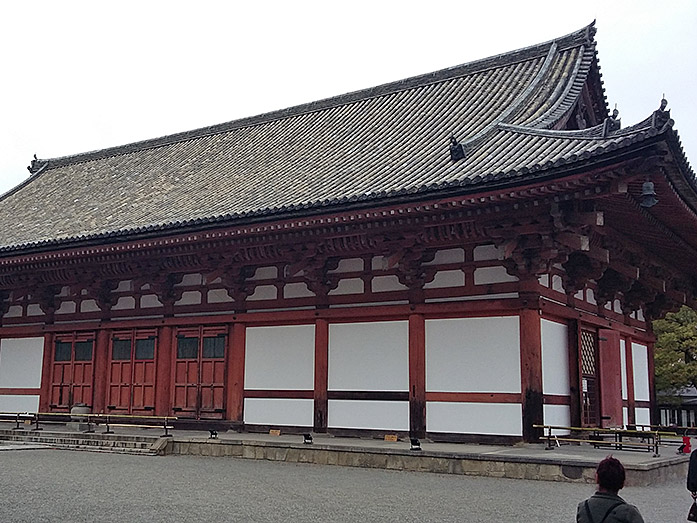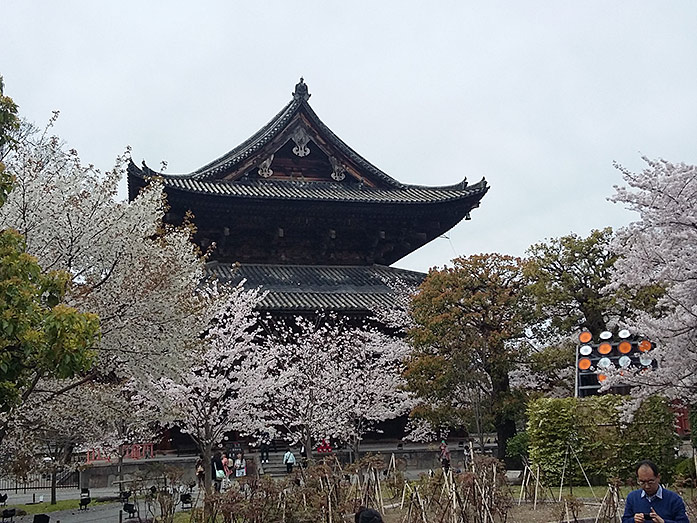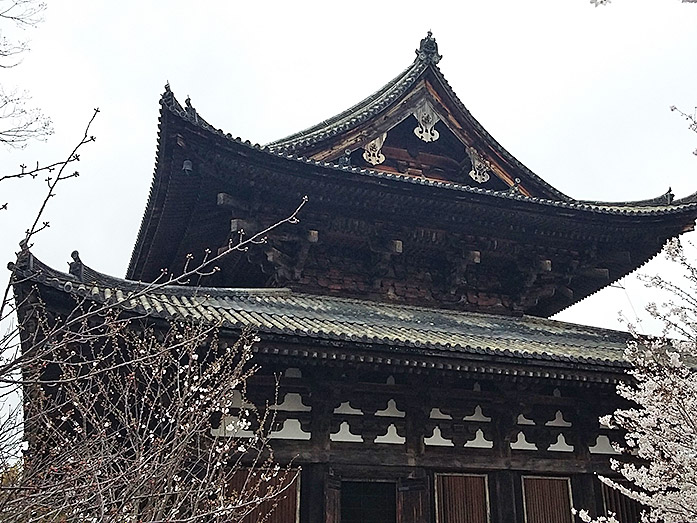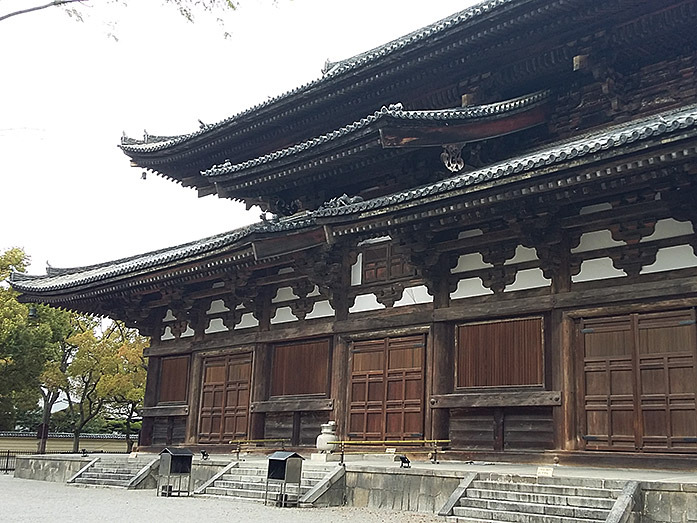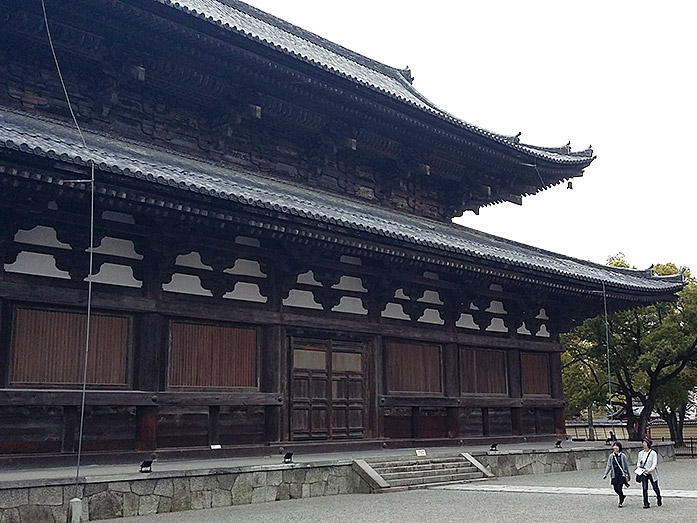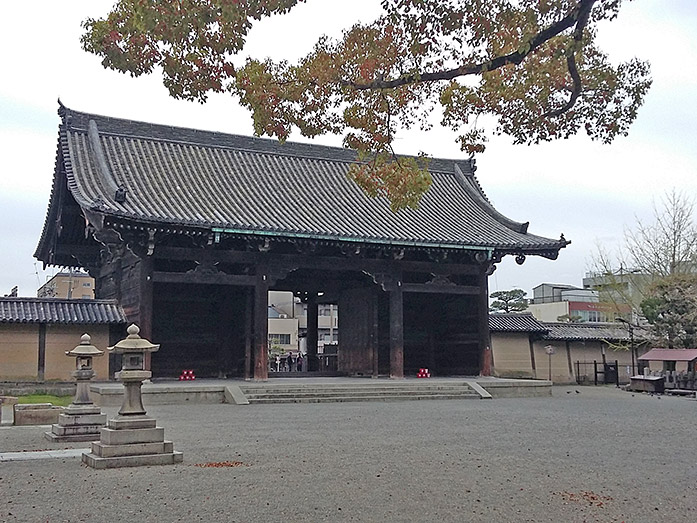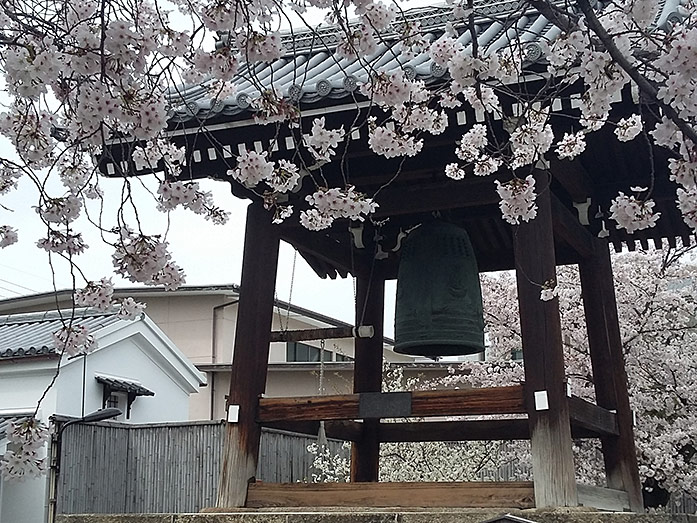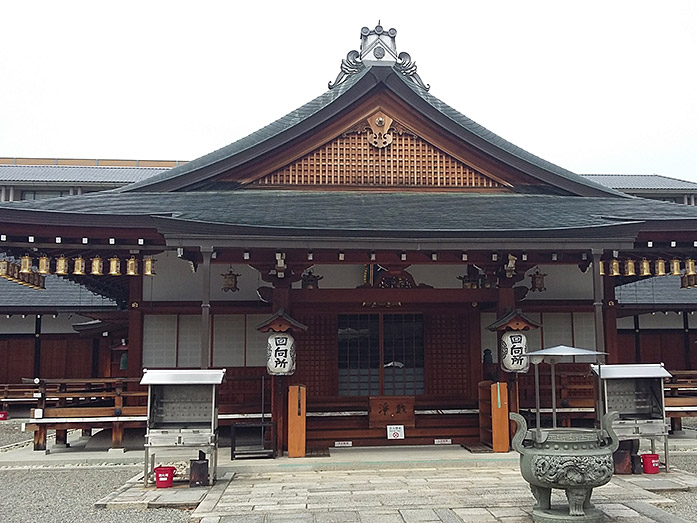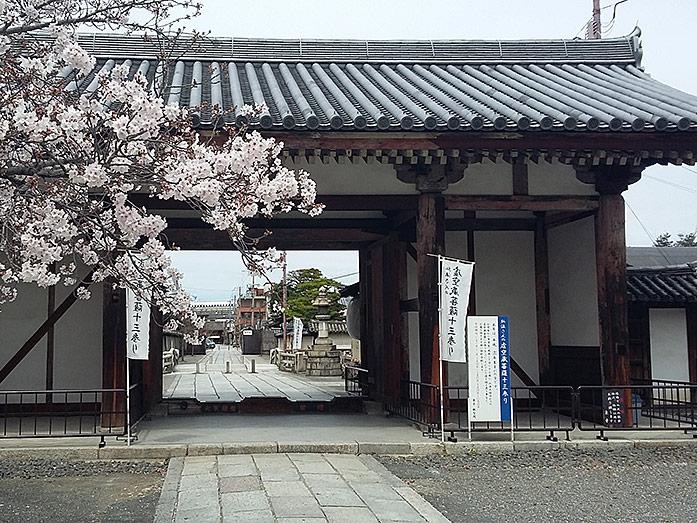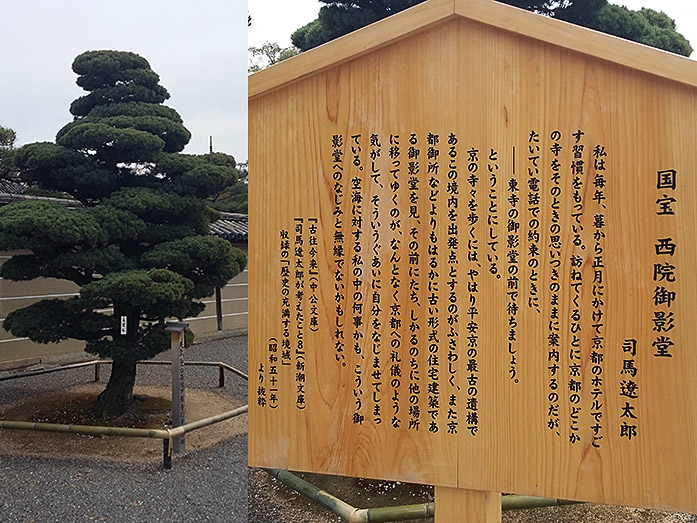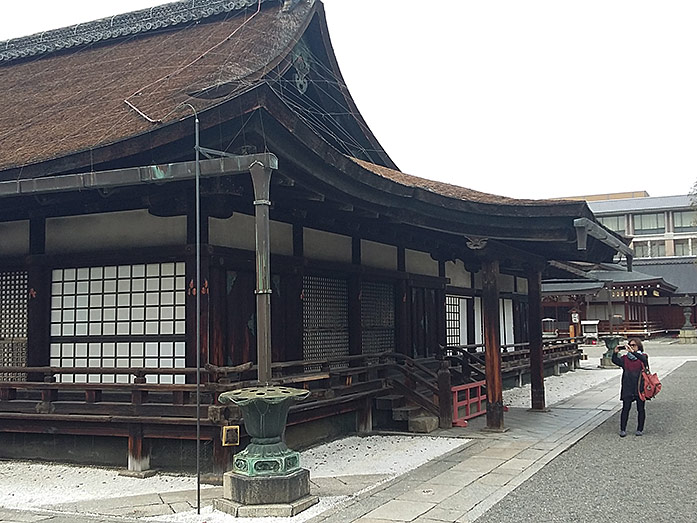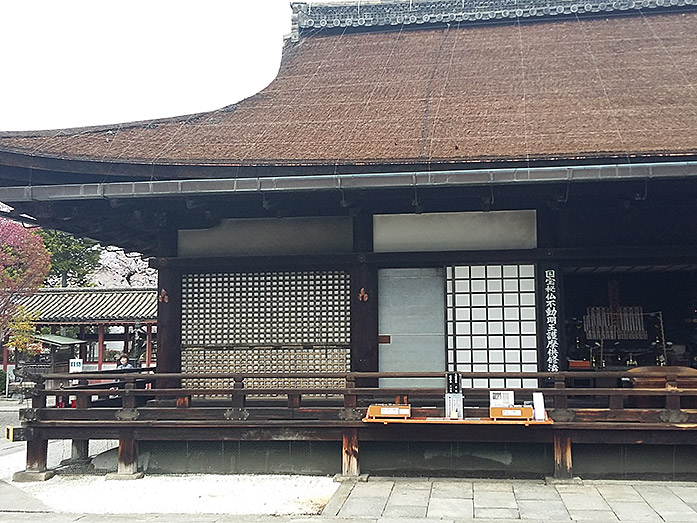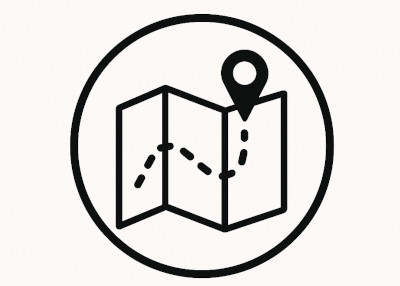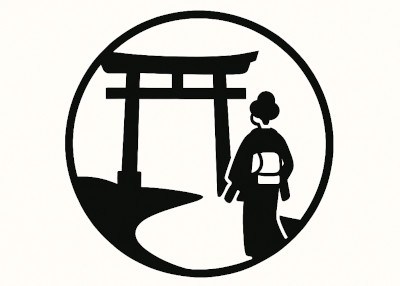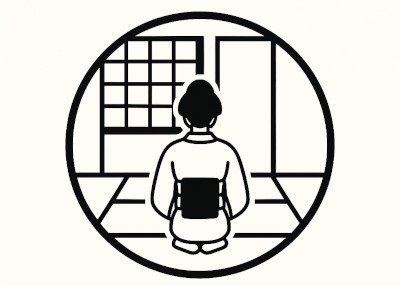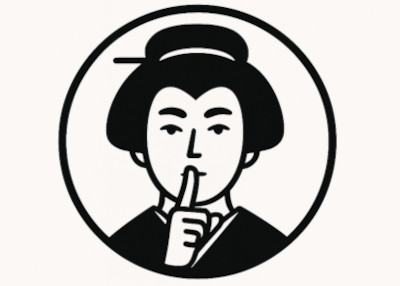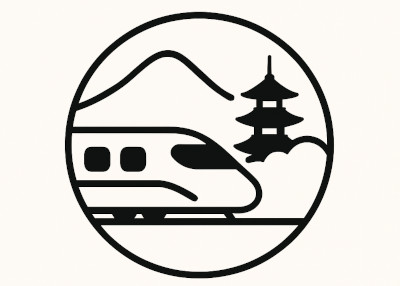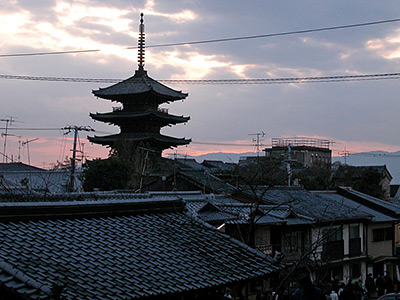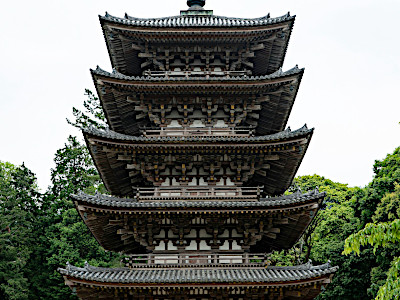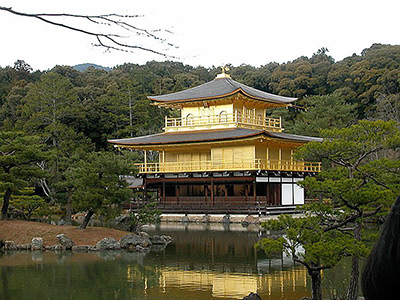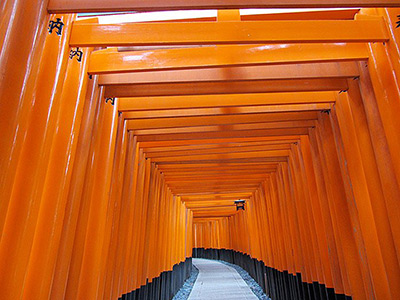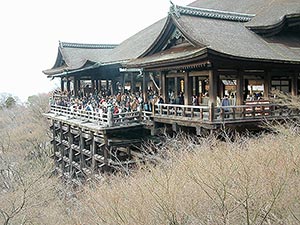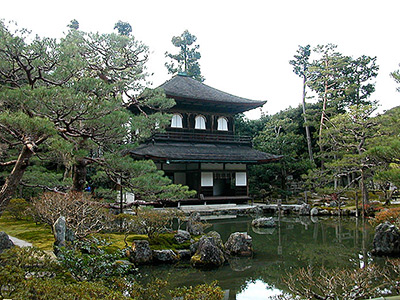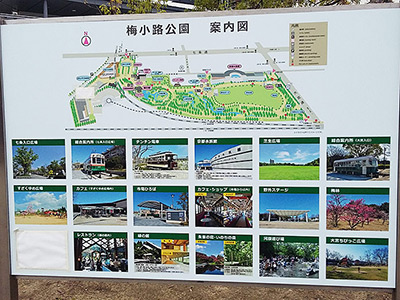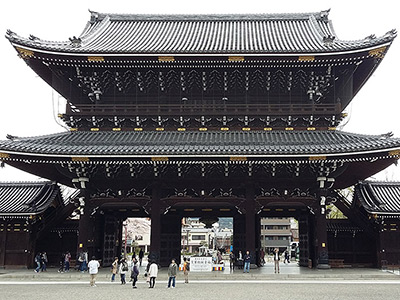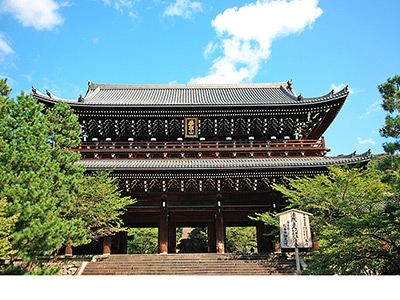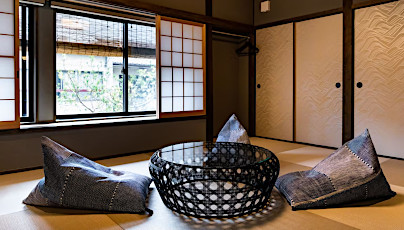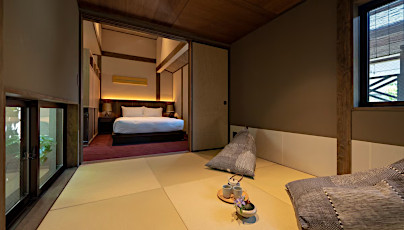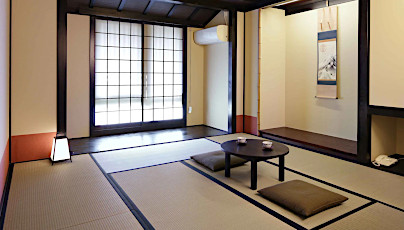Toji Temple (East Temple) in Kyoto
This post can contain affiliate links, which means that we may receive a small commission if you make a purchase using these links.
Facts & Figures
Toji Temple (East Temple) also known as Kyo-o-gokoku-ji Temple, founded by the Shingon sect, is a UNESCO World Heritage Site and belongs to the Historic Monuments of Ancient Kyoto. The Buddhist temple with a history of over 1200 years is one of the oldest in Kyoto and is famous for its Five-storied pagoda (gojunoto). The height of the pagoda is 54.8 meters. It is the tallest wooden tower in Japan and is really an impressive sight and a very popular tourist destination. Many buildings at the temple grounds are Important Cultural Properties or National Treasures like the Lecture Hall (Kodo), Rengemon Gate, Main Hall (Kondo), and Miedo Hall (Monk Kukai's Residence - Founder's Hall). My tips: The illumination of the pagoda and the park at night (6:30 pm - 9:30 pm) during the cherry blossom season is amazing. Come here in the last 2 weeks of March and the first 2 weeks of April. Or enjoy the fall foliage when over 250 maple trees on the temple grounds change their color in mid-November to the beginning of December. Another highlight is the monthly Kobo-ichi flea market held at the temple grounds.
- Toji Temple:
- Opening Hours - 8:30 am to 4:30 pm, last entry 4:00 pm (March 20th - April 17th)
- Opening Hours - 8:30 am to 5:00 pm, last entry 4:30 pm (April 18th - September 19th)
- Opening Hours - 8:30 am to 4:00 pm, last entry 3:30 pm (September 20th - March 19th)
- Closed - never, open the whole year
- Admission Fee - 500 yen (Adults)
- Toji Temple Homotsukan (Treasure Hall) special openings:
- Open - March 20th till May 25th
- Open - September 20th till November 25th
History
The construction of the Toji Temple (East Temple) in Kyoto started in 794 during the Heian Period (794 - 1185), when the capital of Japan was moved from Nara to Kyoto. In 823 the monk Kukai or Kobo-Daishi (774 - 835) was honored by Emperor Saga (786 - 842). He handed over the temple to the monk, who was the founder of the Shingon sect of Buddhism in Japan. Kobo-Daishi became the head priest (abbot). Since that time Toji was established as an important Shingon sect temple and training facility for monks. The temple forms together with the headquarters on Mount Koya the center of Shingon Buddhism in Japan. The temple area was many times destroyed 4times by fire like the one in 1486 and earthquakes, but always rebuilt afterward. In 1994 the temple received the status of a UNESCO World Heritage Site. Interesting to know that there was a sister temple called Saiji (West Temple). Unfortunately, this guardian temple of Kyoto no longer exists. It was destroyed by fire in 1233.
Location

Toji Temple is located in the southwest part of Kyoto near Umekoji Park within the Minami Ward.
Address: 1 Kujocho, Minami-ku, Kyoto, 601-8473
How to get to Toji Temple?
- 15min walk from Kyoto Station (Hachijo-Exit) to Toji Temple or
- 10min walk from Kintetsu Line Toji Station
Sightseeing spots at Toji Temple
Top:
Kondo (Main Hall) - It is the largest structure within the temple complex and was built by Hideyori (1593 - 1615), son of the famous samurai and daimyo Hideyoshi Toyotomi (1537 - 1598). The hall was completely destroyed in 1486 and rebuilt in 1603. Two architectural styles are combined in the building the Indian tenjiku style and Japanese irimoya style (double-roofed). The beautiful Buddha statues - Yakushi Nyorai or Medicine Buddha (2.9m tall), Gakko Bosatsu (Bodhisattva of Moonlight), and Nikko Bosatsu (Bodhisattva of Sunlight) - inside the hall are designated important cultural properties.
Kodo (Lecture Hall) - The current red-lacquered structure was rebuilt in 1491 after it burnt down in 1486. The original hall was constructed in 835. Kodo is located at the center of the temple complex. The 21 statues on display, with the principal Buddha - Dainchi Nyorai - in the center, are a must-see during your temple visit.
Five-Storied Pagoda - The pagoda you see today was built in 1644, but the original structure is dating back to the 9th century. It was 4 times destroyed by fire and this is the 5th generation of that structure. On the walls and pillars, you will find drawings of Buddha. The Five-Storied Pagoda so far has withstood all earthquakes, thanks to a special frame and pillar construction. Only twice a year you can go inside the pagoda, which houses four smaller Buddha statues. The pagoda has also the status of a National Treasure.
Miedo (Monk Kukai's Residence) - In 1379 this beautiful residence burned down and was reconstructed in 1390. You will find inside the Founders Hall a statue of Monk Kukai (Kobo-Daishi). Every day at 6 am a ceremony is performed to honor Monk Kukai (774 - 835). Feel free to join.
Homotsukan Museum - It is a modern treasure house of the Toji Temple and features many Buddhist statues and artifacts. Toji owns more than 20000 treasures designated as National Treasures or Important Cultural Properties and more than 50000 pieces of sutras. There are two special exhibitions split over the year from the 20th of March until the 25th of May and from 20th of September until the 25th of November.
Fuji Zakura - The over 130-year-old weeping cherry tree is an amazing sight, especially during the Sakura season.
Nandaimon Gate - The impressive eight-pillared main gate with a width of 18m and a depth of 10m is located at Kujo Street. After the original gate burned down the current structure was taken from the Sanjusangen-do Temple in the year 1894.
Hiiki - This stone statue with the look of a turtle can be found near the Miedo Hall. Legends say that it can heal sick people when you rub your hand on it.
Jikido - This building was in the past the temple refectory (dining hall). In its history, Jikido was destroyed 2times by fire and the current structure dates back to 1930. Inside you will find the statue of the Eleven-faced Kannon (Kanondo).
Hyoutan Ike (Hyoutan Pond) - It is the perfect place for a relaxing stroll and to enjoy the surrounding plum, cherry, maple, and ginkgo trees, Japanese wisteria, and much more.
Festival & Events in Kyoto (dates can change without notice)
every month
Mieku (Kobo-ichi market) at Toji Temple (21st)
Mieku (Kobo-ichi flea market) at Toji Temple (21st). The flea market is open for the public from early morning till 4:30 pm. Enjoy the shopping:) It is one of the three major flea markets in Kyoto.
Garakuta-ichi antique market at Toji Temple (first Sunday)
The market is really popular so be there early.
April
Miyako Odori (1st - 31th)
The traditional annual spring dance of the Kyoto district Gion Kobu performed by Geiko and Maiko is a must-see on your Kyoto visit. Don't miss the most popular dances the Miyako Odori "Cherry Blossom Dances" or "Dances of the Old Capital" at the Gion Kobu Kaburenjo Theater (located close to Gion Corner).
May
Aoi Matsuri (15th)
The highlight of this festival is a large parade from the Imperial Palace through the Shimogamo Shrine to the Kamigamo Shrine. More than 500 people wearing aristocratic costumes from the Heian Period (794 - 1185). The Aoi Matsuri belongs with the Gion Matsuri and Jidai Matsuri as the three most famous festivals in Kyoto.
July
Gion Matsuri (whole month)
The month of July is full of different events like the Yoiyama - Kyoto's Magical Night (locals in kimonos look at the giant Gion floats the day before the parade) or the famous Yamaboko Junko (float procession on the 17th of July).
October
Jidai Matsuri ("Festival of Ages") (22nd)
People celebrate with a large parade between Imperial Palace to Heian Shrine the anniversary of the foundation of Kyoto. App. 2000 participants wearing historical costumes from different time periods. Enjoy this great festival which lasts around 2 hours.
Where to stay in Kyoto?
Book your Flight Tickets and Rental Car for your Japan trip
Day trips from Kyoto:
Travelers who viewed Toji Temple viewed also:
Top rated - Best Machiya Houses in Kyoto
THE MACHIYA Ebisuya, 192 Ebisuya-cho Shimogyo-ku, Kyoto 600-8062
This 3-star guesthouse got an excellent rating. All 30 individually furnished rooms offer free WiFi, air conditioning, bathrooms incl. toilets, fridges, 40-inch flat-screen TVs, and more. THE MACHIYA Ebisuya is located in central Kyoto.
View on Expedia.com
This 3-star guesthouse got an excellent rating. All 30 individually furnished rooms offer free WiFi, air conditioning, bathrooms incl. toilets, fridges, 40-inch flat-screen TVs, and more. THE MACHIYA Ebisuya is located in central Kyoto.
View on Expedia.com
The Machiya Kazahaya, 570-6 Kazahayacho, Shimogyo-ku, Kyoto, Kyoto, 600-8475
The Machiya Kazahaya offers for all guest rooms free WiFi, air conditioning, safes, bathrooms with toilets, refrigerators, and much more. Enjoy also the beautiful Japanese Garden. Guests gave this property the rating - Exceptional.
View on Expedia.com
The Machiya Kazahaya offers for all guest rooms free WiFi, air conditioning, safes, bathrooms with toilets, refrigerators, and much more. Enjoy also the beautiful Japanese Garden. Guests gave this property the rating - Exceptional.
View on Expedia.com
Kyomachiya Ryokan Sakura Urushitei, 425 Kichimonjicho, Shimogyo-ku, Kyoto, 600-8069
This beautiful 3-star guesthouse offers 32 rooms with free WiFi, air conditioning, bathrooms incl. showers and toilets, refrigerators, and much more. Enjoy also the relaxing indoor public bath (no minerals). Guests gave this property the rating - Wonderful.
View on Expedia.com
This beautiful 3-star guesthouse offers 32 rooms with free WiFi, air conditioning, bathrooms incl. showers and toilets, refrigerators, and much more. Enjoy also the relaxing indoor public bath (no minerals). Guests gave this property the rating - Wonderful.
View on Expedia.com

